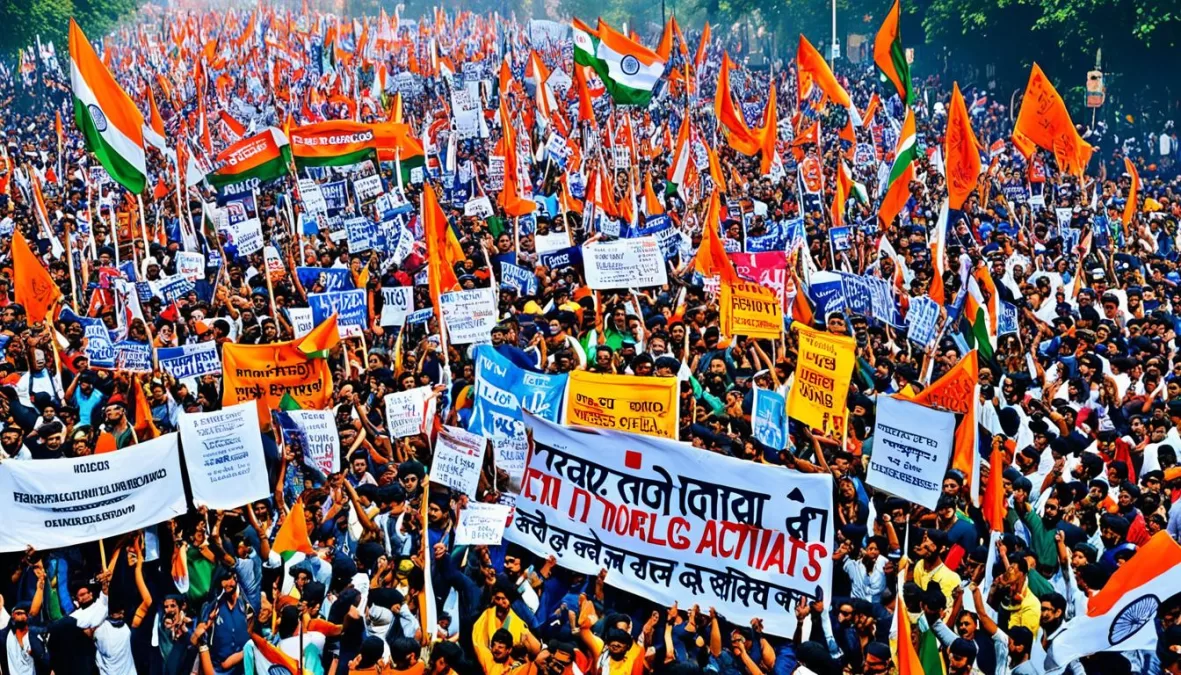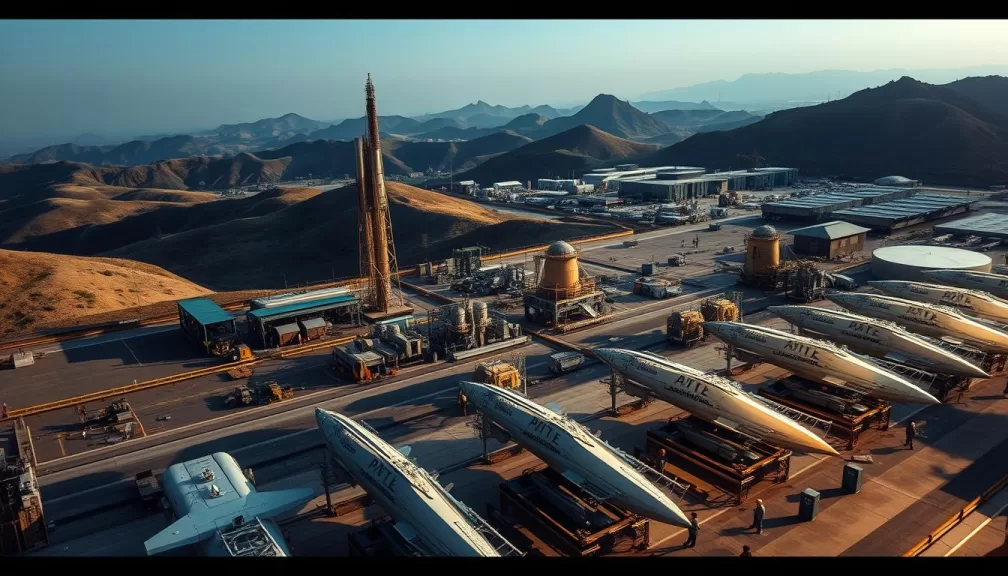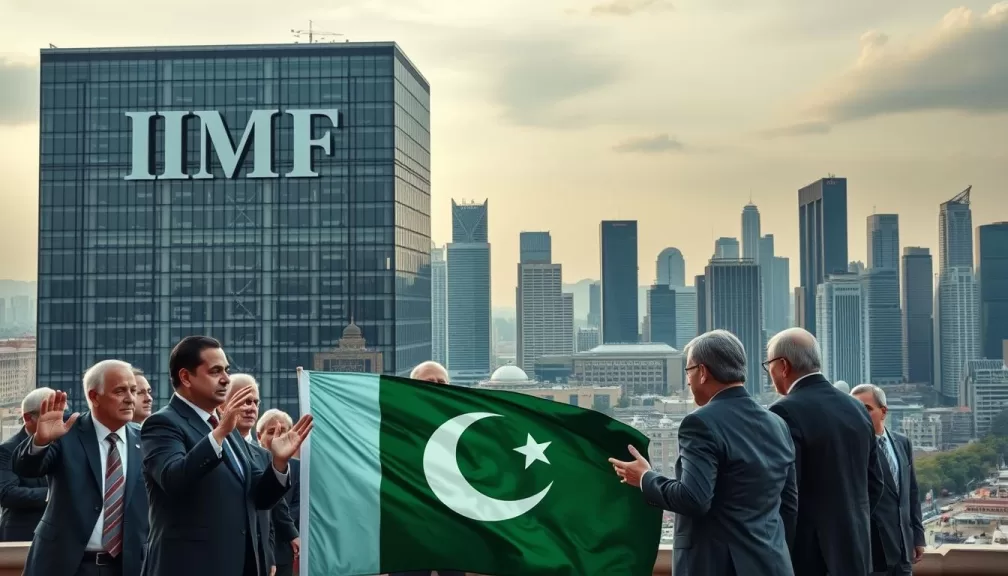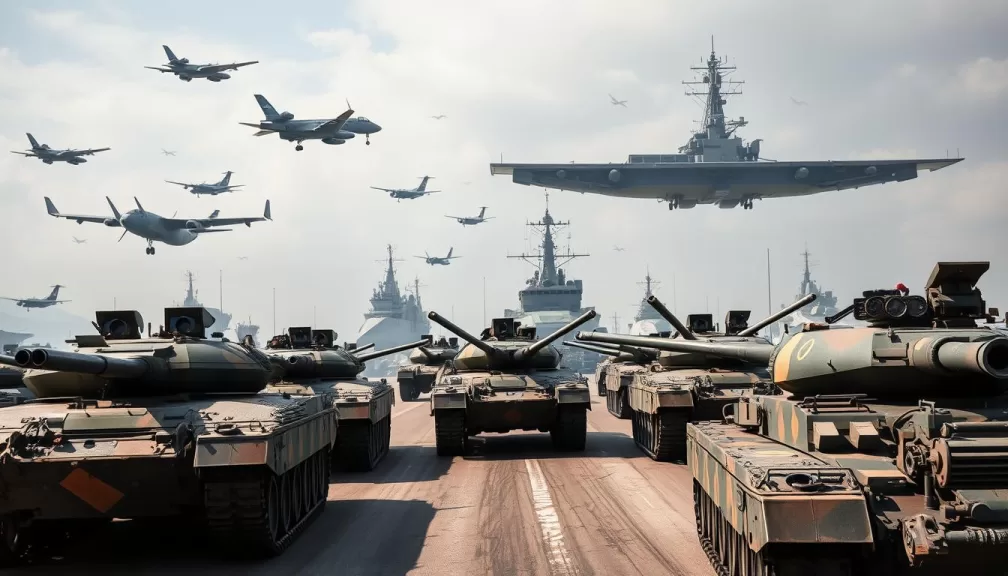India’s history is filled with big protests and demonstrations. These have covered many issues, like fighting corruption and supporting farmers. They’ve also been about students, civil rights, and the environment. This article will look at ten of the biggest protests in India’s history. We’ll see how they changed the country.
Key Takeaways
- India has a rich history of major protests and demonstrations that have influenced the country’s development
- These protests have covered a wide range of issues, including anti-corruption, farmers’ rights, civil liberties, and environmental concerns
- Many of these protests have faced significant government crackdown and violence, but have still managed to leave a lasting impact
- Understanding the context and legacy of these protests is crucial for appreciating India’s dynamic social and political evolution
- The ability of citizens to mobilize and voice their demands remains a crucial part of India’s democratic framework
Anti-Sikh Riots of 1984
After Prime Minister Indira Gandhi was killed by her Sikh guards on October 31, 1984, Sikhs faced violence in Delhi and other places. About 2,800 Sikhs died in Delhi, and around 3,350 nationwide. Some say the death toll could be much higher, between 8,000 to 17,000 Sikhs.
The Aftermath of Indira Gandhi’s Assassination
After Indira Gandhi’s death, the Delhi police did little to stop the violence. They were either not trying hard or helping the rioters. By midnight on October 31, 5,000 Army troops were ready to help, but they were not sent out right away. The Justice Ahuja inquiry found that 2,733 Sikhs were killed in Delhi from October 31 to November 7, 1984.
Justice Nanavati Commission’s Findings and Recommendations
The Justice Nanavati Commission was set up to look into the Delhi Police’s actions during the 1984 anti-Sikh riots. It found the police was often not doing its job or even helping the rioters. The Commission suggested a deep look into police officers’ actions and what should happen to them. It also talked about helping the victims and changing the police to stop such violence in the future.
In 2018, Congress leader Sajjan Kumar was found guilty, the first big case from the 1984 anti-Sikh riots. In 2011, many places where Sikhs were killed in 1984 were found in Haryana. This showed how big and brutal the violence was.
Indian Farmers’ Protest (2020-2021)
The Indian farmers’ protest lasted from September 2020 to December 2021. It was a big movement that caught the world’s eye. Thousands of Indian farmers marched to protest against new farm laws. They feared these laws would make them dependent on big companies.
Protests against the Farm Laws and Government’s Response
The protests started in Punjab and Haryana, blocking roads and railways. By November 2020, over 250 million workers supported the farmer rights movement. Even when the Supreme Court paused the farm laws in January 2021, the farmers didn’t give up. They faced harsh weather and the COVID-19 pandemic. In November 2021, they won when the government agreed to repeal the laws.
The indian farmers protest made a big impact. The government’s actions were closely watched, with many saying they were against farmers and workers. This protest showed how important it is to listen to farmers. They are a big part of India’s workforce and economy.
| Key Statistics | Details |
|---|---|
| Participating Farm Unions | Over 200 |
| Demand for Minimum Support Price (MSP) | At least 50% higher than the cost of production |
| Reported Farmer Martyrs | Around 750 |
| Contribution to India’s GDP | Almost a fifth |
| Duration of Protest | 1 year, 4 months, 2 days |
| Number of Protesters on 20 March 2021 | 40,000, including 18,000-19,000 at Singhu border and 20,000–22,000 at Tikri |
The indian farmers protest changed India’s politics and the relationship between the government and farmers. The government is still working to address farmers’ concerns. This might lead to more protests and talks, keeping the farmer rights movement alive.
“The farm laws protest has seen around 250 million people take to the streets, with farmers saying the proposed laws would leave them at the mercy of big businesses.”
Top 10 Biggest Protests in India
India’s history is filled with landmark protests that have changed the nation. These protests, from anti-corruption to farmers’ rights, have made the government listen and brought about big changes. Let’s look at the top 10 biggest protests in India and their lasting effects.
Influential Indian Social Movements
The Anti-Sikh Riots of 1984 was a major protest in India’s history. It happened after the death of Prime Minister Indira Gandhi and killed thousands of Sikhs. The Nanavati Commission looked into this and made recommendations to help the Sikh community.
The Indian Farmers’ Protest of 2020-2021 was another big event. Thousands of farmers protested against new farm laws. Their hard work paid off when the laws were repealed and their demands were met.
Other big movements include the Assam Movement (1979-1985), fighting against immigrants, and the 2006 Indian anti-reservation protests. These were against giving more college spots to certain groups.
| Protest | Year | Participants | Impact |
|---|---|---|---|
| Anti-Sikh Riots | 1984 | Thousands | Led to the Nanavati Commission’s findings and recommendations |
| Indian Farmers’ Protest | 2020-2021 | Tens of thousands | Resulted in the repeal of the farm laws and acknowledgment of farmers’ demands |
| Assam Movement | 1979-1985 | Indigenous people | Revolution against undocumented immigrants |
| Indian anti-reservation protests | 2006 | Thousands | Opposed the government’s decision to implement reservations for OBCs in higher education |
These are some of the top 10 biggest protests in India. Each one has made a big mark on the country. The strength and will of the Indian people have led to these important changes.
George Floyd Protests and Black Lives Matter Movement
The death of George Floyd in Minneapolis in May 2020 caused widespread outrage and protests. These protests spread quickly across the globe. Thousands of people took to the streets, chanting “I can’t breathe” and lying on the ground in support. The george floyd protests, led by the black lives matter movement, became a global call for justice and equality. These demonstrations lasted through June 2020, with the numbers slowly decreasing over time.
The george floyd protests had a big impact. They were huge in scale and lasted a year, from May 26, 2020, to May 26, 2021. In Minneapolis-Saint Paul, the protests went on even longer, from May 2020 to May 2023.
The global racial justice protests caused a lot of property damage, with losses estimated at $1-2 billion. But, 93% of the protests were peaceful. These protests led to big changes, like banning chokeholds in Minneapolis. Officers involved in George Floyd’s death were fired, and Derek Chauvin was convicted.
The black lives matter movement keeps fighting against police brutality and racism. The protests sparked by George Floyd’s death have made a big difference worldwide. They’ve raised awareness and pushed for change. Even though there’s still work to be done, the george floyd protests have made a lasting impact on the fight for racial justice.

“The murder of George Floyd in Minneapolis in May 2020 sparked a wave of outrage and protests that quickly spread around the world.”
Women’s March (2017)
The Women’s March on January 21, 2017, was a key moment in American history. It started with a Facebook post by Teresa Shook after Donald Trump won the 2016 election. The march became the biggest one-day protest in U.S. history.
Over 200,000 people came to Washington D.C. An estimated 3.3 to 4.6 million marched across the country. This means about 1% to 1.6% of the U.S. population joined in.
The march wasn’t just in the U.S. It was a global event, with over 7 million people participating. Events were held on all seven continents, even Antarctica. The main event in D.C. was called the Women’s March on Washington.
No arrests were made in D.C. or big cities like Chicago, Los Angeles, New York, and Seattle. Over 2 million people marched in these cities alone.
The march aimed to support many human rights issues. These included women’s rights, immigration reform, healthcare, and environmental protection. It also supported LGBTQ+ rights, racial equality, worker rights, freedom of religion, and tolerance.
This protest sparked ongoing activism. It was a strong statement against the new administration’s policies and words.
“Women have equal rights, climate change is real, love is love, immigrants make America great.”
The Women’s March of 2017 showed the power of coming together. It showed people’s strong commitment to fight for a fair and equal society. It’s one of the biggest protests in U.S. history. It inspires ongoing activism and reminds us of the power of grassroots movements.
Anti-Iraq War Protests (2003)
In February 2003, millions of people worldwide protested against the U.S. invasion of Iraq. These anti-iraq war protests were among the biggest against the 2003 invasion. They showed strong global opposition.
On February 15, 2003, 6 to 10 million people joined protests in over 600 cities. Rome, Italy, saw the largest rally with about 3 million people. Madrid, Spain, Berlin, Germany, and London, UK, also had huge turnouts.
From January 3 to April 12, 2003, around 36 million people took part in almost 3,000 anti-war events. But, U.S. President George W. Bush didn’t change his mind about the invasion. It started on March 20, 2003.
Despite huge global anti-war demonstrations, the protests didn’t stop the war. Many felt their voices were ignored. They felt bitter, defiant, and powerless.
The 2003 anti-iraq war protests changed how politicians see public demonstrations and military decisions. They showed the power of public opinion worldwide. But, they couldn’t stop the U.S.-led invasion of Iraq.

Tiananmen Square Protests (1989)
The Tiananmen Square protests of 1989 were a key moment in China’s history. Students and citizens came together to ask for more freedom and democracy. Around one million people filled Tiananmen Square in Beijing at its peak.
The “Tank Man” is a lasting image from this event. He stood up to a line of tanks, refusing to give in. This act of peaceful resistance against the crackdown by the Chinese government has become a symbol of the tiananmen square protests and the china pro-democracy movement.
Even though the protests were peaceful, the Chinese government used martial law and the military. On June 3-4, 1989, a violent crackdown happened. It resulted in about 300 deaths, but some think thousands could have been killed.
Today, the tiananmen square protests are a topic that is heavily censored in China. The government tries to stop any talk or remembrance of the event. The tank man and the whole pro-democracy movement still inspire people worldwide. They remind us of the human spirit’s strength against oppression.
“The most important thing I learned is that you’ve got to learn to keep your head up in the midst of adversity. When you’ve got your head up, you’re not only going to survive, you’re going to excel.”
– Liu Xiaobo, Nobel Peace Prize laureate and prominent activist during the Tiananmen Square protests
The Baltic Way (1989)
On August 23, 1989, millions in Latvia, Lithuania, and Estonia showed their support by linking hands. This act was against the Soviet Union’s rule. It was the biggest anti-Soviet protest in Soviet history, known as the Baltic Way.
The Baltic Way was to mark the 50th anniversary of the Molotov-Ribbentrop Pact. This pact divided Eastern Europe between the Soviet Union and Nazi Germany. People formed a chain over 600 kilometers long, linking Tallinn, Riga, and Vilnius.
The baltic way protest showed the Baltic states’ wish to be free from the anti-soviet protests. With 2 million people joining, it was a strong message to the Soviet leaders. The people would no longer accept their rule.
The Baltic Way was a key moment in Soviet history. Two years later, the pact was declared invalid. The Baltic states got their independence, helping to end the Soviet empire.
“The Baltic Way was a peaceful, non-violent protest that demonstrated the strength and unity of the Baltic people in their quest for freedom and independence.”
The Baltic Way is a symbol of peaceful resistance and human spirit. It’s one of the most inspiring mass protests in history.
Conclusion
Reflecting on India’s history, I see how protests have shaped the country. The Swadeshi Movement and the Nirbhaya Movement show the power of peaceful activism. These movements pushed for change, made governments listen, and inspired others worldwide.
The 2020-2021 Indian Farmers’ Protest is a prime example o
f this power. With 250 million people participating in one day, it was huge. It shows how big protests can change a nation’s course.
India faces many challenges, but public protests still bring about change. This article highlights the top 10 biggest protests in India. It shows how these movements have made history and will inspire others in the future.





